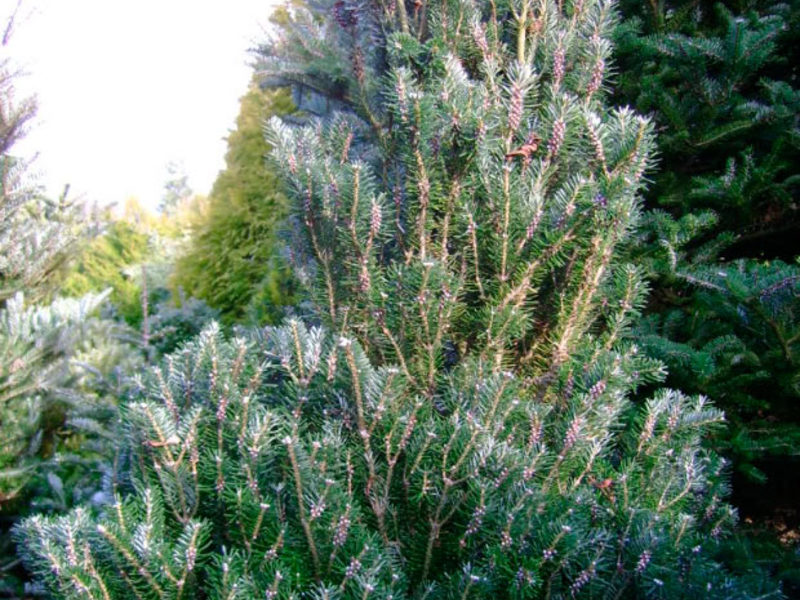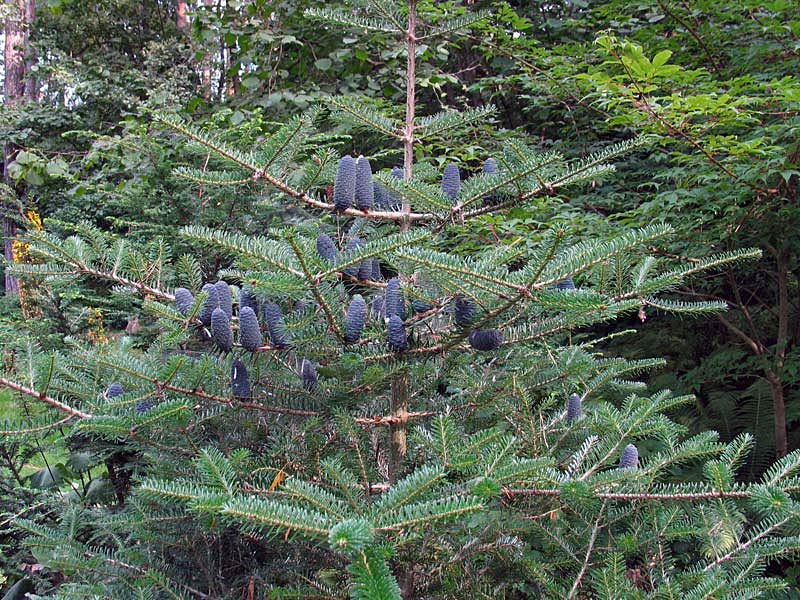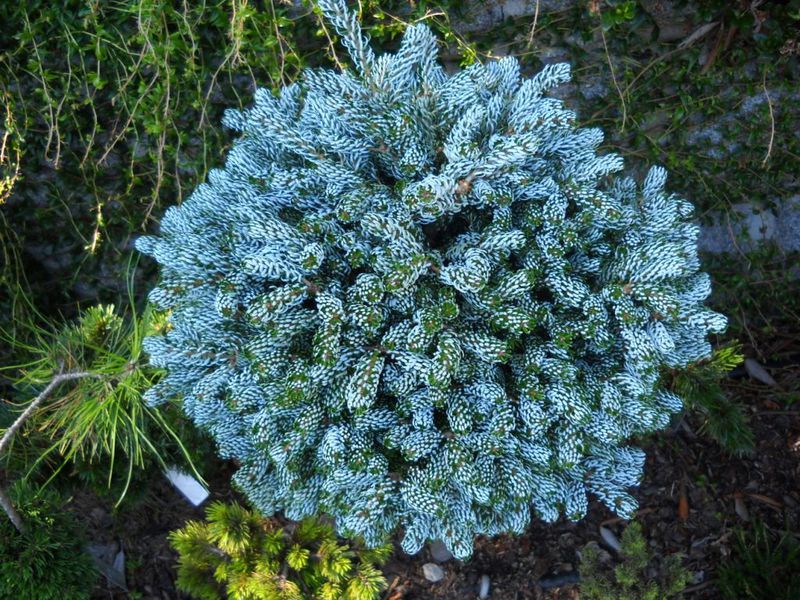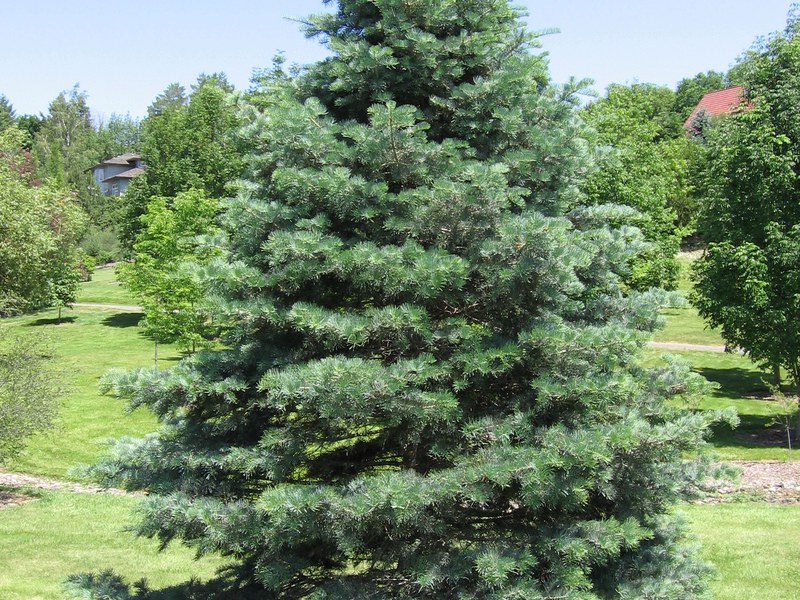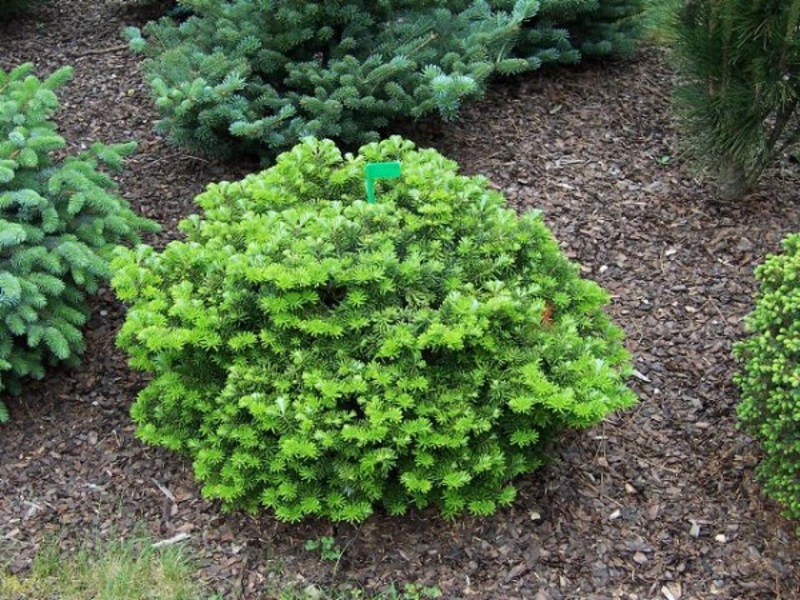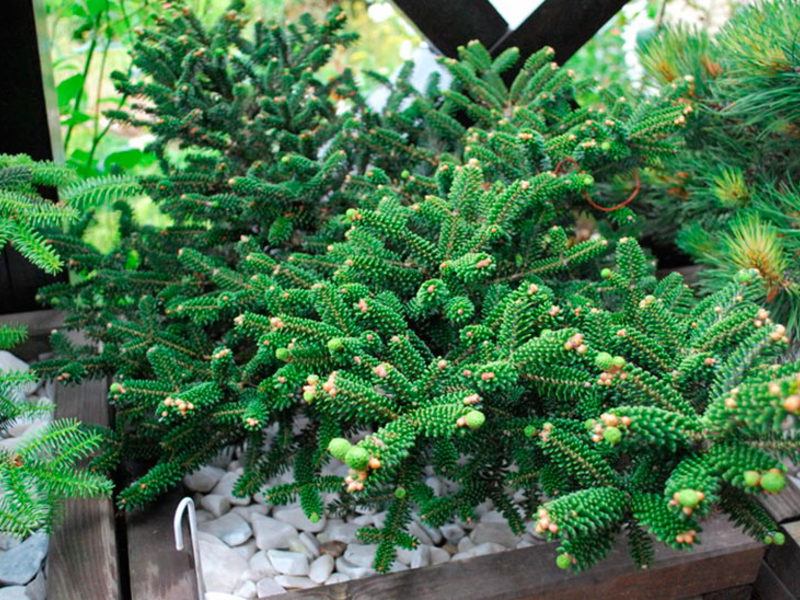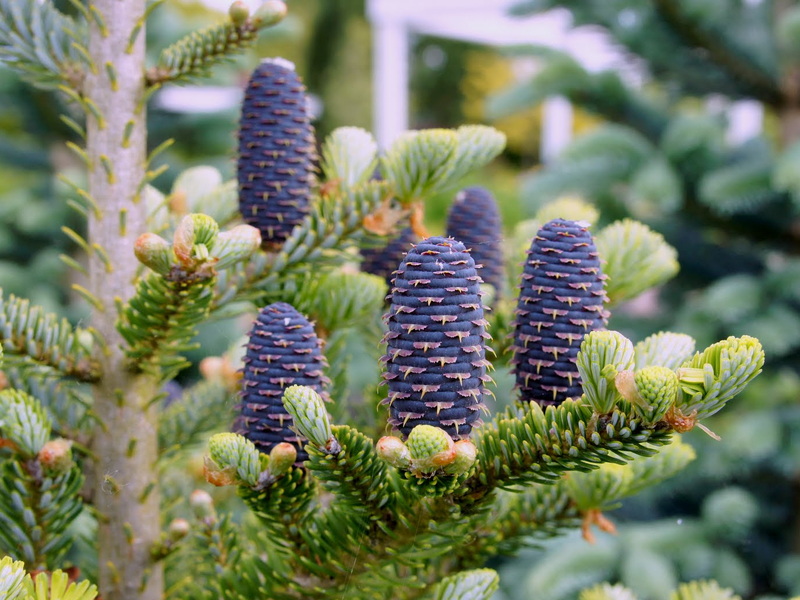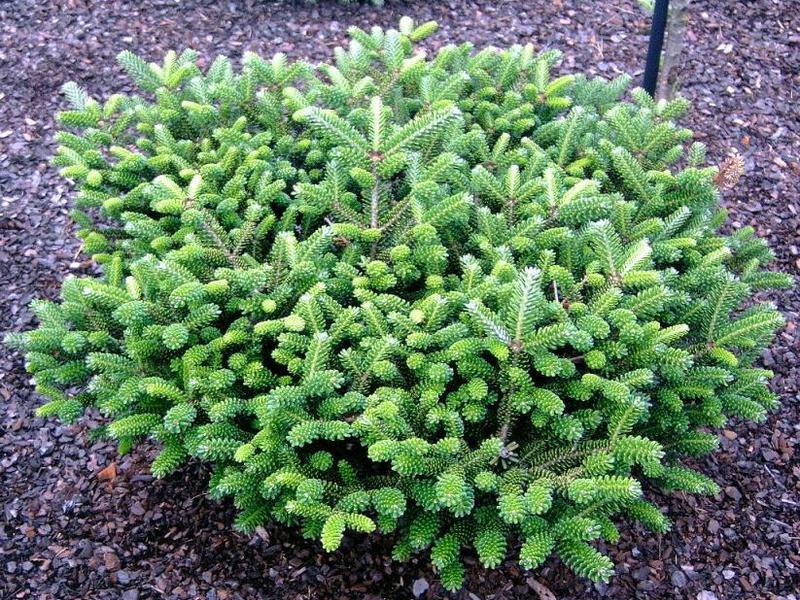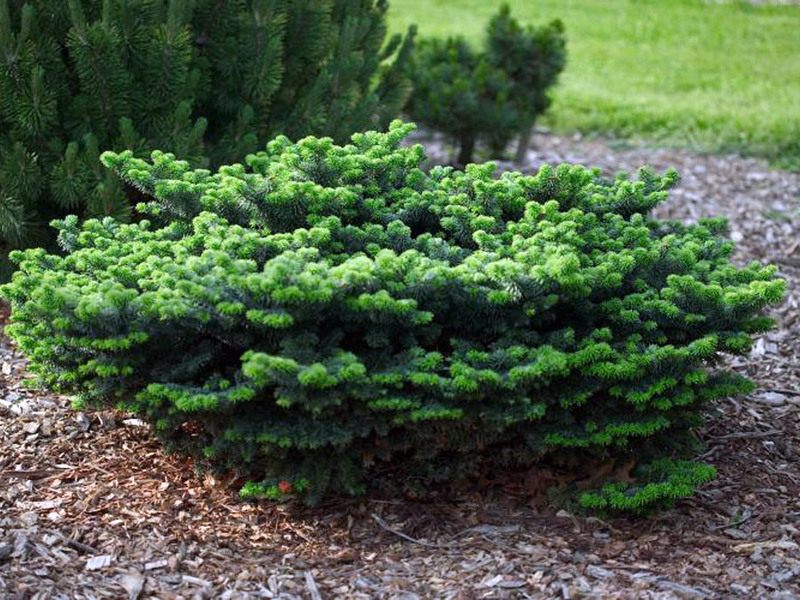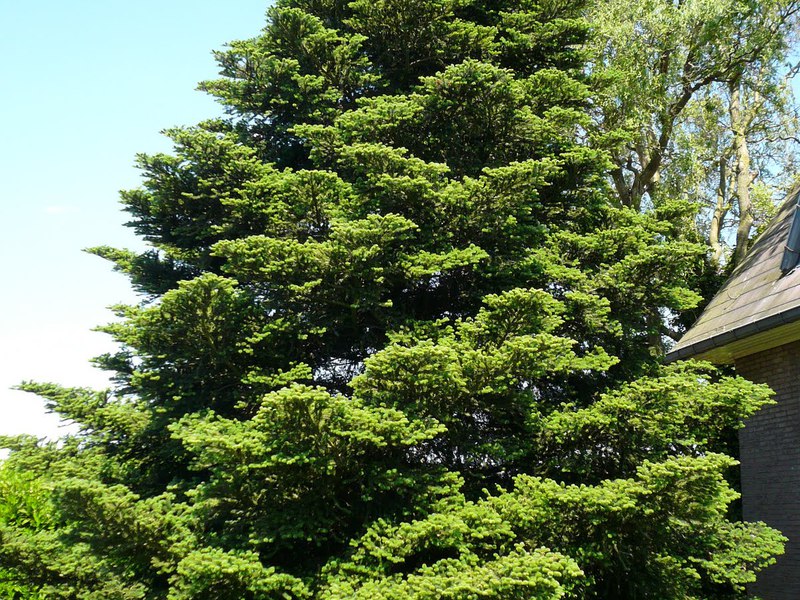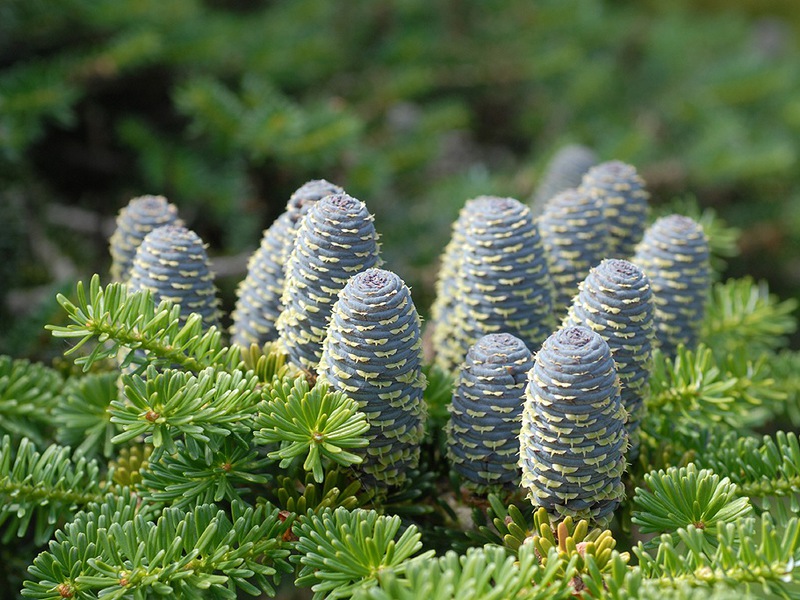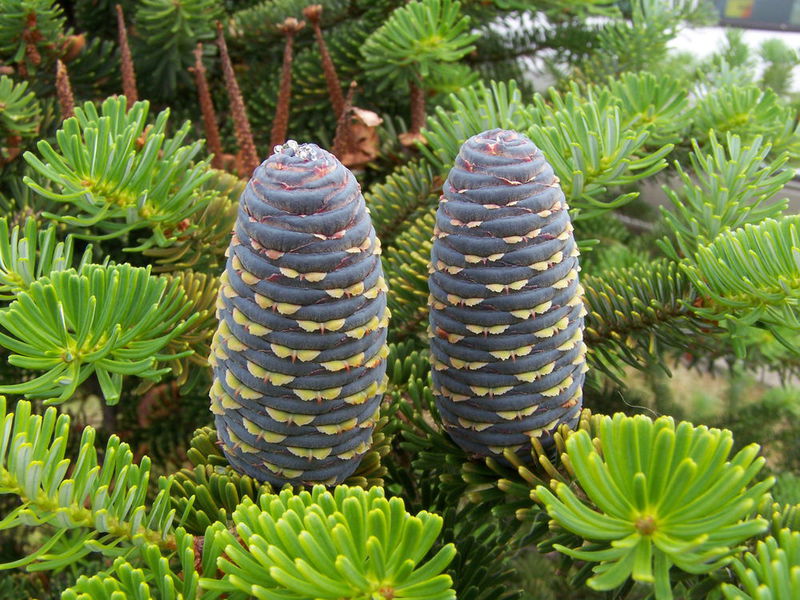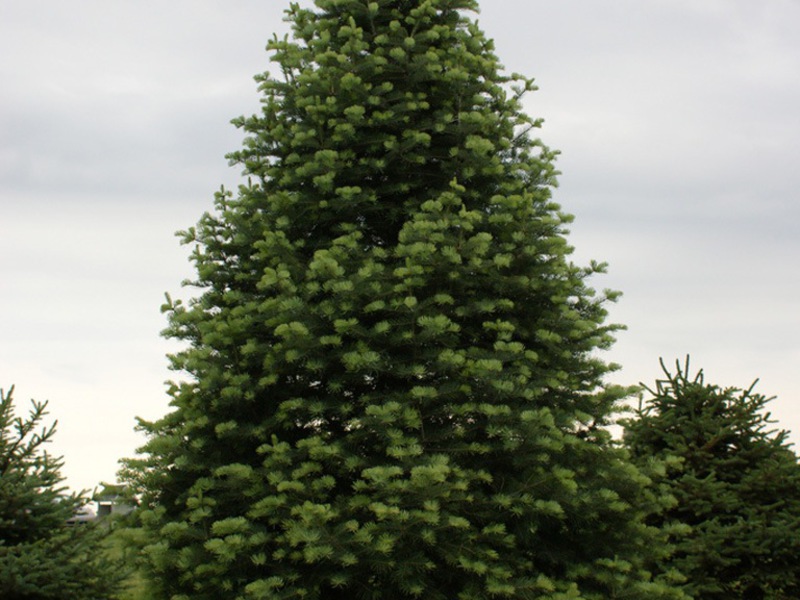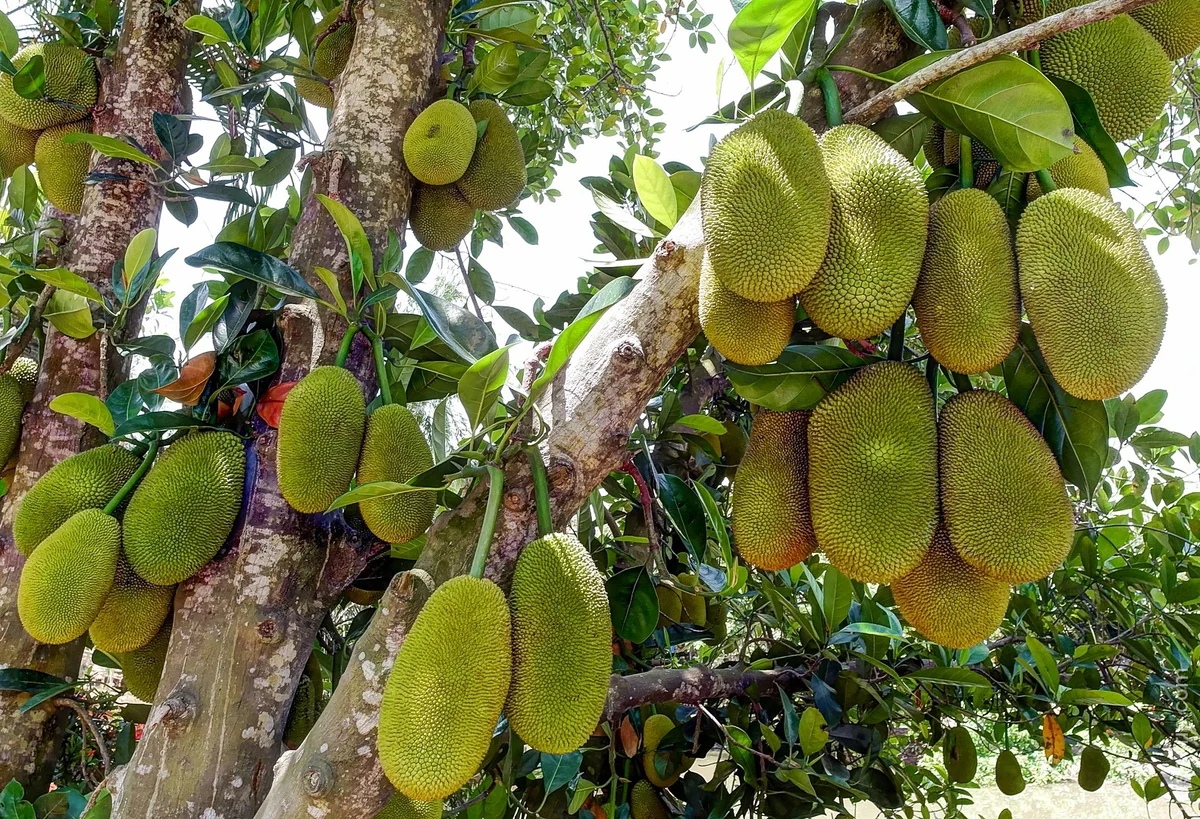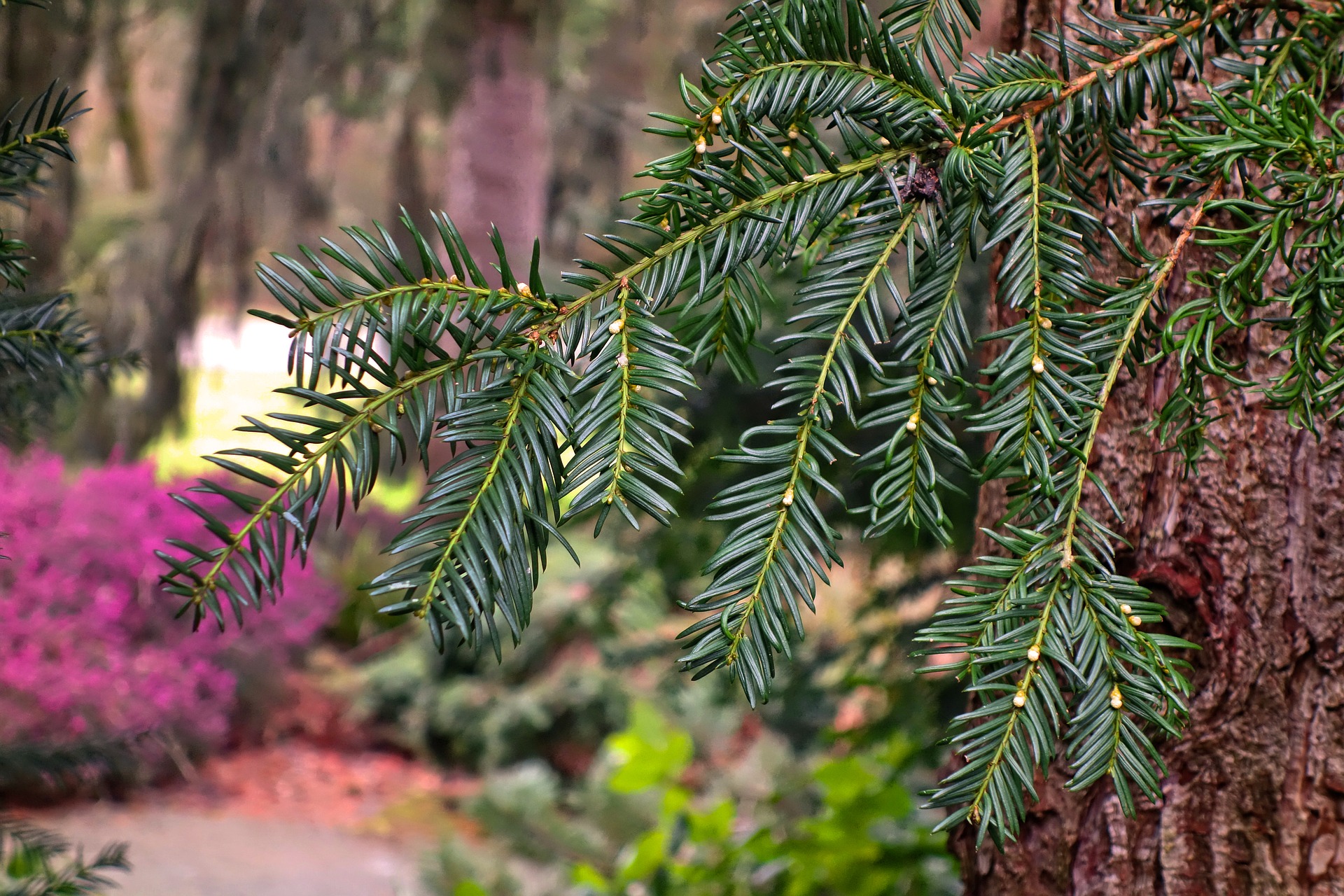Fir is one of the striking plants that deserves the status of the queen among conifers. Fir looks most impressive when it grows away from other plantings. Having a slender trunk, it also stands out with a lush crown, and in addition to this, it is capable of not losing the decorative effect of the lower branches for many months, which distinguishes it favorably from many other coniferous representatives. This feature has made it one of the most popular choices as a New Year tree.
Content
Christmas fir
 In mid-December, many people start preparing for the New Year's holiday. Therefore, they try to stock up on gifts and decorations, as well as garlands, bouquets, figurines and wreaths to make their home festive. However, the main attribute of the New Year is beautifully decorated christmas tree.
In mid-December, many people start preparing for the New Year's holiday. Therefore, they try to stock up on gifts and decorations, as well as garlands, bouquets, figurines and wreaths to make their home festive. However, the main attribute of the New Year is beautifully decorated christmas tree.
Usually, many of us do not think about choosing a New Year's tree and buy ordinary spruce or prickly spruce. At the same time, everyone usually forgets about the fir. And, I must say, in vain, since this tree looks no less beautiful than the above coniferous representatives.
New Year's fir attracts attention not only for its decorative properties, but also for its great convenience when decorating a Christmas tree.
Unlike many other conifers, this tree has soft, rounded needles, therefore, while hanging Christmas toys on a tree, you will not get any unpleasant sensations when touching the needles. Therefore, fir fully justifies the name fluffy. Fir also boasts a natural decoration, which is dark purple cones. Moreover, they do not sit like a spruce, but are directed vertically upwards. Because of this feature, fir cones can be easily mistaken for candles, as a result, this tree takes on an even more solemn appearance.
Naturally, if you walk through the local Christmas tree bazaars, you are unlikely to find fir, and if you come across it, then, most likely, the seller will demand a fantastic price for it. The owners of summer cottages who are ready to celebrate the New Year outside the city can get out of this difficult situation. If you plant this tree there, you will be able to celebrate the New Year's holiday by the beautiful lush fir every year. Moreover, she will be able to bring you joy all year round.
Fir planting
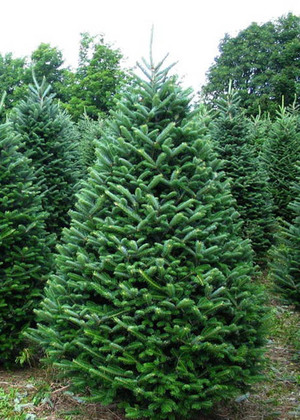 One of the prerequisites, under which it is possible to create favorable conditions for the growth and development of fir, is good drainage... You also need to pay attention to the quality of the soil, which should be provided with moisture in moderation. If the water stagnates in the selected area for planting fir, the plant will not be able to grow well. The fertility of the soil also affects the development of the tree, therefore, in order for the fir to mature quickly, it should be planted in well-fertilized soil.
One of the prerequisites, under which it is possible to create favorable conditions for the growth and development of fir, is good drainage... You also need to pay attention to the quality of the soil, which should be provided with moisture in moderation. If the water stagnates in the selected area for planting fir, the plant will not be able to grow well. The fertility of the soil also affects the development of the tree, therefore, in order for the fir to mature quickly, it should be planted in well-fertilized soil.
It is recommended to plan fir planting in April or September. Transplanting a young seedling can be done both in spring and summer. You just need to make sure that during the transfer the clod of earth around the root system remains intact. Young trees that are replanted at the age of 5-10 years demonstrate the best survival rate.
For young fir it is necessary prepare a comfortable pit, for which the optimal dimensions are 60 x 60 cm. During planting, make sure that the root collar corresponds to the soil level. Upon completion of the fir planting, mulching of the root zone is carried out using sawdust or peat. Mulch will effectively cope with its task if it is laid in a layer of 5-8 cm. Then you can be sure that the young fir seedling will not suffer from frost. However, with respect to adult plants, such an operation is not required, since at this stage of the life cycle they acquire high resistance to negative temperatures.
If in your place of residence there are often strong changes in temperature in winter, and return frosts are not uncommon in spring, then you should build a special protective shelter from spruce branches for a young fir seedling. To prevent damage to the tree, it must be completely covered. This is primarily important for those varieties that have to winter for the first time. Otherwise, the tree will not tolerate severe cold weather, as a result of which its needles may turn red.
Those trees become adults which have been growing for over 15 years... The first 10-15 years after planting, the growth of the tree is usually hardly noticeable, but later the situation changes, as a result, the fir annually adds 30-50 cm.Many trees that have reached 30 years of age often reach a height of 10 m.
Fir varieties and types
A photo of this representative of the conifer family provides only general information. Therefore, if you decide to plant a fir in your personal plot, then it will not hurt you first to decide on the variety of this tree. After all, each of them has its own characteristics, knowing about which you can imagine in advance what will happen in the end.
Fir monochromatic
This representative of the conifer family is very different decorative crown and coloring... The plant has a dense, wide, pyramidal crown. During development, the branches are parallel to the ground. Throughout their lifetime, trees do not change their bark color, which remains light gray. In young plants, it is initially smooth, but over time, growths and cracks can be found on it. The cones are cylindrical in shape, the characteristic color is dark purple, they are rather small in size and reach a length of 8-12 cm, they must contain large amount of resin.
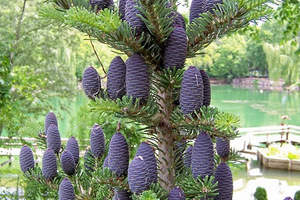 in this species, the needles are larger in size, unlike other representatives of the conifer family: the needles of a single-colored fir grow up to 7 cm in length, and about 2.5 cm in width;
in this species, the needles are larger in size, unlike other representatives of the conifer family: the needles of a single-colored fir grow up to 7 cm in length, and about 2.5 cm in width;- the peculiarity of the needles of this plant is that they have a bluish-green color of needles on each side. This explains their name;
- these trees are most widespread in the mountainous areas of North Armerica. In these areas there are many specimens that can reach a height of 40 m.During growth, the tree forms a fairly large number of shoots, providing an increase in height of 12-20 cm.
The most pronounced properties within this type of fir have blue uniform "Violacea"... This variety is decorated with bluish-blue needles, which are sickle-curved at the same time. This variety of fir is distinguished by its unpretentiousness, it begins to grow relatively quickly after transplanting, in a short time it acquires its natural appearance, and is less susceptible to coniferous aphids. Usually adult plants reach a height of 6-8 m.
Korean fir
A photo of this tree can only help you understand how an adult plant might look. However, this is not enough, therefore, be sure to familiarize yourself with the features of this tree before planting.
This species of the conifer family feels great in the middle lane. The Korean fir is covered with shiny needles that have different colors - dark green above, white below... Cones, which have a bright purple color, stand out with pronounced decorative properties. Moreover, they are formed even in young plants. Some specimens of the Korean variety can reach a height of 15 m.
- within this type of fir, the Blue Standard variety stands out, which attracts attention with the darker color of the cones;
- a distinctive feature of the Silberzwerg variety is its short stature. Throughout its life, this tree shows extremely slow growth. Usually, it increases its height by no more than 5 cm per year. The tree forms short shoots that have strong branches. This explains its rounded shape. The branches are decorated with silver needles.
Balsam fir
You can admire a photo of this tree for a long time. However, this species stands out not only for its beautiful needles.
This representative of conifers stands out for its slender trunk, which is complemented by a conical crown. In the process of growth, balsam fir forms branches that located horizontally at the bottom... As they move to the top, they begin to rise slightly vertically.
 usually representatives of this species of conifers have a height of 20-25 m. Although a tree can provide a high increase in height, its development is strongly affected by moisture and soil composition;
usually representatives of this species of conifers have a height of 20-25 m. Although a tree can provide a high increase in height, its development is strongly affected by moisture and soil composition;- balsam fir has soft and fragrant needles;
- this conifer is most commonly found in North America. At the same time, the conditions of the European part of Russia are also suitable for growing.
Conclusion
Despite not so great popularity, the fir can become a worthy alternative to regular spruce... Moreover, it is not a problem that this tree cannot always be found on sale. Korean fir, like any coniferous tree, can be grown on your site. The process itself is not very complicated, and for this it is not necessary to find out where the fir grows. The main thing is to take into account the peculiarities of the landing. It is very important here to make sure that the selected area is moderately moist and has fertile soil.
It also does not hurt to decide on the variety of fir before planting, since it provides many varieties, which can differ not only in growth rate, but also in their shape. It is enough to take these nuances into account before planting, and then in a couple of years you will be able to celebrate the New Year's holiday at your dacha, without worrying about the fact that in a couple of days the New Year's tree will lose its attractiveness.
